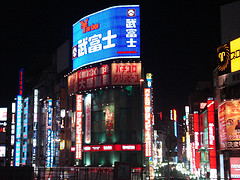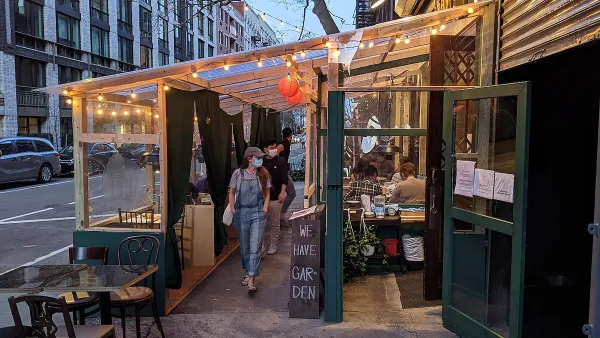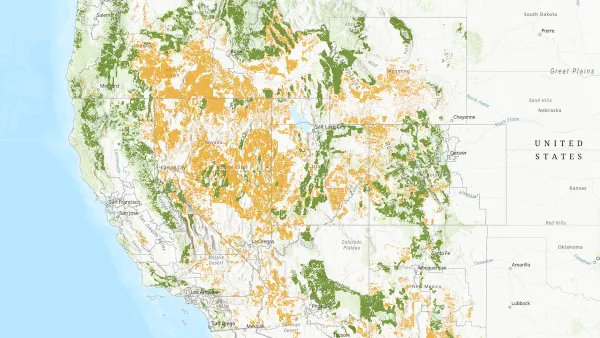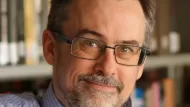The Fukushima reactors and their associated buildings have been exploding, melting and burning for not quite a week yet, but already the sense of déjà vu is inescapable.
The Fukushima
reactors and their associated buildings have been exploding, melting and
burning for not quite a week yet, but already the sense of déjà vu is
inescapable.
As I commented in this space last June, the oil gusher in
the Gulf of Mexico had me checking the news
compulsively to see if the well had been capped, and wondering despairingly if
we were watching the end of the world unfold invisibly below us. Now, we once again find ourselves watching
helplessly as an environmental catastrophe of our own making unfolds in slow
motion, and worrying how its contamination will affect the immedate area and
rest of the world, including ecosystems, the food chain and public health.
Already there has been a good deal of discussion about the
extent to which the events at Fukushima
will derail the so-called nuclear "renaissance", and perhaps speed up investment in renewable energy. However, this morning on the radio a young woman in Tokyo really helped put
the incident into perspective for me. She told the CBC reporters that she was
determined to finish her schooling so that she could help her country rebuild.
Left unsaid was that she no longer thought of her education as a path to pursue
a personally fulfilling career; instead she was prepared to sacrifice such
rewards for her fellow citizens.
More remarkably however, she observed how Tokyo's famous
neon landscape had dimmed as a part of the country's planned rolling blackouts,
so as to conserve energy – and she thought that, if the nuclear disaster helped
her people stop wasting so much energy then perhaps some good would come out of
it.
I hadn't been previously aware of the extent to which Japan had
invested in nuclear power: 55 reactors in 17 sites providing about a third of
the nation's electricity. When we think of the Japanese cityscape,
throbbing with neon lights in every direction, it is sobering – and now, even
sickening – to think of what the cost of such extravagance may turn out to be.

While beautiful, these displays entailed lethal risks that hardly crossed our minds. Yet, had a regime of greater conservation, renewables and efforts to reduce light
pollution been a part of that country's energy policy for decades, would it
really have been necessary to to build 55 reactors? Would there even be reactors
burning now at Fukushima?
I realize this is being highly speculative. And I certainly
don't mean to single out Japan
for being uniquely profligate with its energy consumption. My own Canada clearly stands out shamefully in this regard, with our citizens ranking among the greatest per capita energy users in the world.
But Fukushima
-- like the Deepwater Horizon blowout before it -- shows that our energy policy debates need to include the potential for global catastrophe
in the balance sheets. Is maintaining our energy consumption as it presently
stands really worth running such terrible and terrifying risks? Is all of the
future to pay for our ability to run the lights all night long and power our "vampire" appliances?
An excellent occasion to start this conversation in earnest would be this year's Earth Hour, Saturday March 26th at 8:30 pm, as part of a global campaign to promote awareness and energy conservation. In solidarity with the Japanese, we too can shut down our power consumption, and consider its consequences.
As our young woman in Tokyo
shows us, times such as these call upon us to sacrifice. Not all of us will be rolling up our sleeves and helping to rebuild coastal Japan, but surely, when it comes to
our energy usage and energy policy-making, we can give more thought to the ultimate costs
of our lifestyles, and who is paying them.
[Image: freyapix (flickr)]

Planetizen Federal Action Tracker
A weekly monitor of how Trump’s orders and actions are impacting planners and planning in America.

Restaurant Patios Were a Pandemic Win — Why Were They so Hard to Keep?
Social distancing requirements and changes in travel patterns prompted cities to pilot new uses for street and sidewalk space. Then it got complicated.

Map: Where Senate Republicans Want to Sell Your Public Lands
For public land advocates, the Senate Republicans’ proposal to sell millions of acres of public land in the West is “the biggest fight of their careers.”

Maui's Vacation Rental Debate Turns Ugly
Verbal attacks, misinformation campaigns and fistfights plague a high-stakes debate to convert thousands of vacation rentals into long-term housing.

San Francisco Suspends Traffic Calming Amidst Record Deaths
Citing “a challenging fiscal landscape,” the city will cease the program on the heels of 42 traffic deaths, including 24 pedestrians.

California Homeless Arrests, Citations Spike After Ruling
An investigation reveals that anti-homeless actions increased up to 500% after Grants Pass v. Johnson — even in cities claiming no policy change.
Urban Design for Planners 1: Software Tools
This six-course series explores essential urban design concepts using open source software and equips planners with the tools they need to participate fully in the urban design process.
Planning for Universal Design
Learn the tools for implementing Universal Design in planning regulations.
Heyer Gruel & Associates PA
JM Goldson LLC
Custer County Colorado
City of Camden Redevelopment Agency
City of Astoria
Transportation Research & Education Center (TREC) at Portland State University
Camden Redevelopment Agency
City of Claremont
Municipality of Princeton (NJ)



























